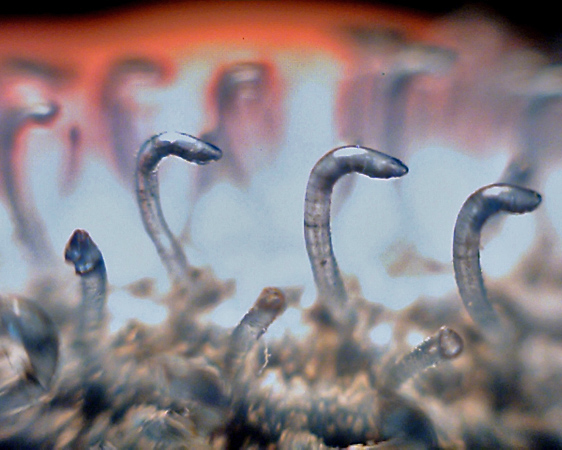What is Biomimicry?
Submitted By
ZeeGrade Level
11Answered by
Marios Mitsopoulos
Biomimicry or biomimetics is a science that studies and copies nature and living organisms. By learning from nature, we can design new products that will make our lives better.

It is worth mentioning some examples of biomimetic technology to understand how the observation of nature helped us advance. First, we have sharks, fast-swimming fish with skeletons made of cartilage. The shark’s skin has a surface of scales that resemble teeth when seen under a microscope. This way the water that circulates between these scales helps the fish to swim faster than if its skin was smooth. Scientists collaborated with sports brands and designed swimsuits based on the shark’s skin that help athletes move faster in the water.
Another example is the lotus effect. In Buddhism the lotus plant is an important symbol of purity. Scientists found out that lotus leaves are hydrophobic. When a drop of water falls on a lotus leaf, it slides off and carries away microorganisms from the leaf. After studying this self-cleaning property, the experts created fabrics, paints and even roof tiles that can stay dry.

For one last example, we can take look at Velcro technology, a widely used fastening method used a lot for clothing. We can thank George de Mestral for this advancement as he noticed that the tiny hooks of burdock burr clung to the loops of the fabric of his clothes and the fur of his dog. Thus, he had the idea to imitate this phenomenon and come up with a revolutionary fastening product.
Of course, these are not the only examples, but some outstanding breakthroughs that are closely related to biomimicry. Another interesting aspect of this science is the fact that it brings together scientists with different specializations. So, we can find biologists and physicists working on the same project for example.
Although the words biomimetics and biomimicry were introduced and popularized a few decades ago, humans always observed nature to find solutions to problems. Da Vinci’s words on the matter are worth noting: Learn from nature: This is where our future lies.
Plane and birds image by garten-egg via Pixabay. Burr thumbnail image by Zephyris via Wikimedia Commons.
Bibliographic details:
- Article: What is Biomimicry?
- Author(s): Dr. Biology
- Publisher: Arizona State University School of Life Sciences Ask A Biologist
- Site name: ASU - Ask A Biologist
- Date published: 20 Feb, 2024
- Date accessed:
- Link: https://askabiologist.asu.edu/questions/biomimicry
APA Style
Dr. Biology. (Tue, 02/20/2024 - 13:21). What is Biomimicry?. ASU - Ask A Biologist. Retrieved from https://askabiologist.asu.edu/questions/biomimicry
Chicago Manual of Style
Dr. Biology. "What is Biomimicry?". ASU - Ask A Biologist. 20 Feb 2024. https://askabiologist.asu.edu/questions/biomimicry
Dr. Biology. "What is Biomimicry?". ASU - Ask A Biologist. 20 Feb 2024. ASU - Ask A Biologist, Web. https://askabiologist.asu.edu/questions/biomimicry
MLA 2017 Style

Many of our innovations have been inspired by nature. Certain types of aircraft, for example, have key parts of their designs that have been influenced by certain bird species and how they fly.
Be Part of
Ask A Biologist
By volunteering, or simply sending us feedback on the site. Scientists, teachers, writers, illustrators, and translators are all important to the program. If you are interested in helping with the website we have a Volunteers page to get the process started.
